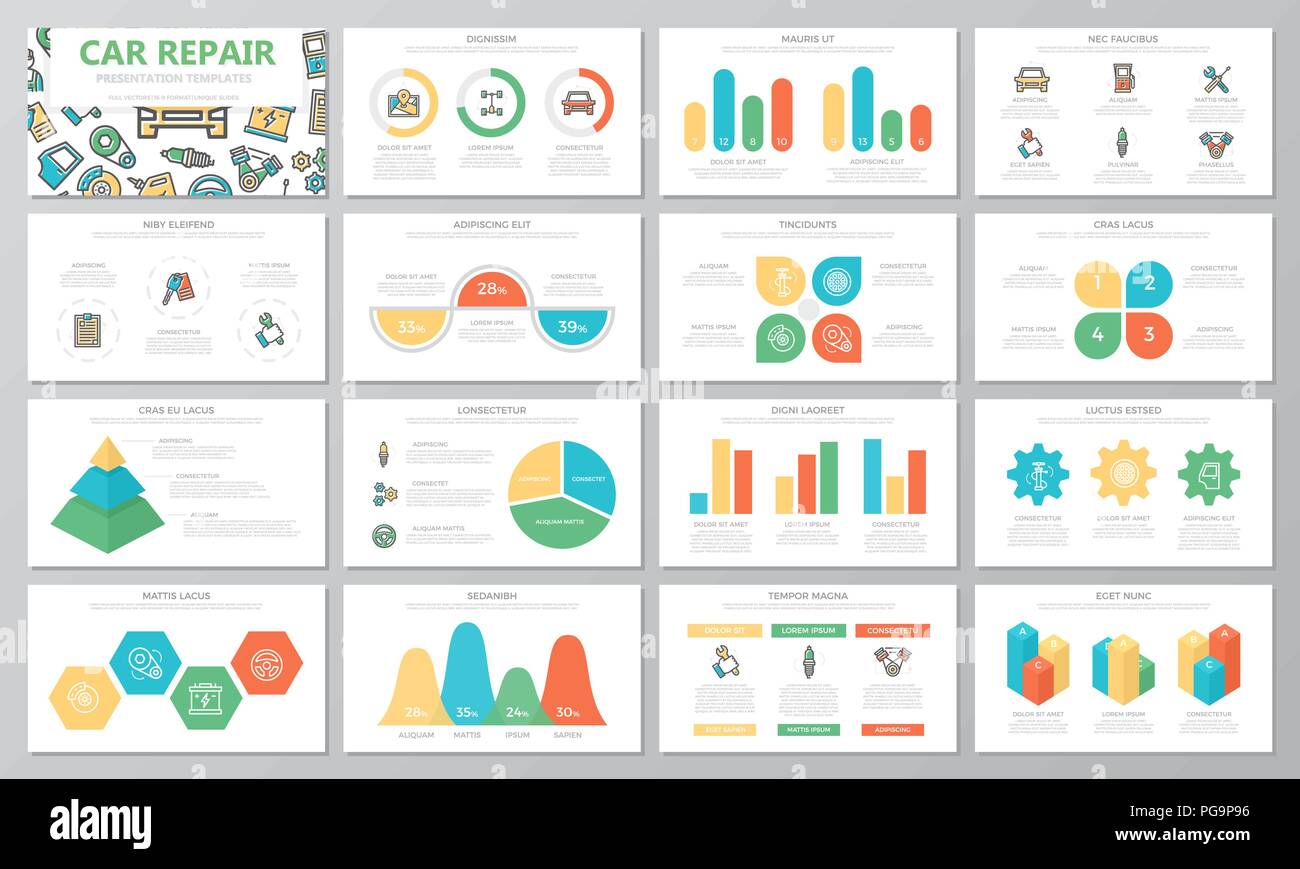Comprehending The Significance Behind Your Automobile'S Caution Lights: An Extensive Appearance
Comprehending The Significance Behind Your Automobile'S Caution Lights: An Extensive Appearance
Blog Article
Web Content Composed By-Boye Dalgaard
When you lag the wheel, those radiant caution lights on your control panel can be a bit puzzling. Do you understand what they're trying to inform you about your cars and truck's health and wellness? Comprehending the significance of these lights is vital for your safety and security and the long life of your car. So, the following time among those lights pops up, would not you wish to decode its message precisely and take the needed actions to address it?
Common Caution Lighting and Interpretations
Identify typical caution lights in your auto and understand their definitions to guarantee risk-free driving.
The most typical caution lights consist of the check engine light, which signals issues with the engine or discharges system. If this light comes on, it's crucial to have your car checked promptly.
The oil pressure advising light indicates low oil stress, needing instant focus to stop engine damages.
A flashing battery light might recommend a faulty charging system, potentially leaving you stranded if not addressed.
The tire stress monitoring system (TPMS) light signals you to reduced tire stress, influencing vehicle stability and fuel effectiveness. Overlooking this could bring about risky driving conditions.
The abdominal muscle light indicates an issue with the anti-lock braking system, endangering your ability to stop rapidly in emergency situations.
Lastly, the coolant temperature warning light warns of engine overheating, which can lead to extreme damages otherwise resolved quickly.
Understanding these usual warning lights will certainly help you resolve issues promptly and preserve safe driving conditions.
Value of Prompt Focus
Comprehending the usual caution lights in your cars and truck is just the very first step; the relevance of promptly dealing with these warnings can not be emphasized enough to ensure your safety and security when driving.
When a caution light illuminates on your dashboard, it's your vehicle's means of communicating a potential issue that requires interest. Ignoring https://www.digitaljournal.com/pr/automotive-repair-and-maintenance-services-market-growth-share-product-types-and-application-top-key-players-with-sales-price-business-overview-swot-analysis-2028-arnold-clark-automobiles-asbur can result in a lot more severe issues in the future, compromising your security and potentially costing you more out of commission.
Motivate interest to warning lights can avoid malfunctions and accidents. As an example, a blinking check engine light might show a misfire that, if left neglected, might trigger damages to the catalytic converter. Resolving https://blogfreely.net/morris22omar/a-years-of-development-in-car-detailing-techniques can save you from an expensive fixing.
Likewise, a brake system advising light may indicate low brake liquid or worn brake pads, important parts for your safety when driving.
Do It Yourself Troubleshooting Tips
If you see a warning light on your control panel, there are a couple of DIY troubleshooting pointers you can try prior to seeking professional assistance.
The initial step is to consult your cars and truck's guidebook to comprehend what the particular caution light shows. Often the concern can be as basic as a loosened gas cap setting off the check engine light. Tightening up the gas cap may fix the problem.
An additional usual concern is a low battery, which can activate numerous cautioning lights. Examining the battery links for rust and guaranteeing they're protected could deal with the issue.
If a caution light continues, you can try resetting it by disconnecting the auto's battery for a couple of mins and then reconnecting it. Furthermore, checking your lorry's liquid degrees, such as oil, coolant, and brake liquid, can aid fix advising lights related to these systems.
Conclusion
To conclude, comprehending your vehicle's caution lights is important for keeping your vehicle running efficiently and safely. By immediately addressing Look At This and understanding what they indicate, you can avoid expensive fixings and prospective malfunctions.
Remember to consult your vehicle's guidebook for certain details on each advising light and take action as necessary to make certain a hassle-free driving experience.
Keep educated, remain safe on the road!
